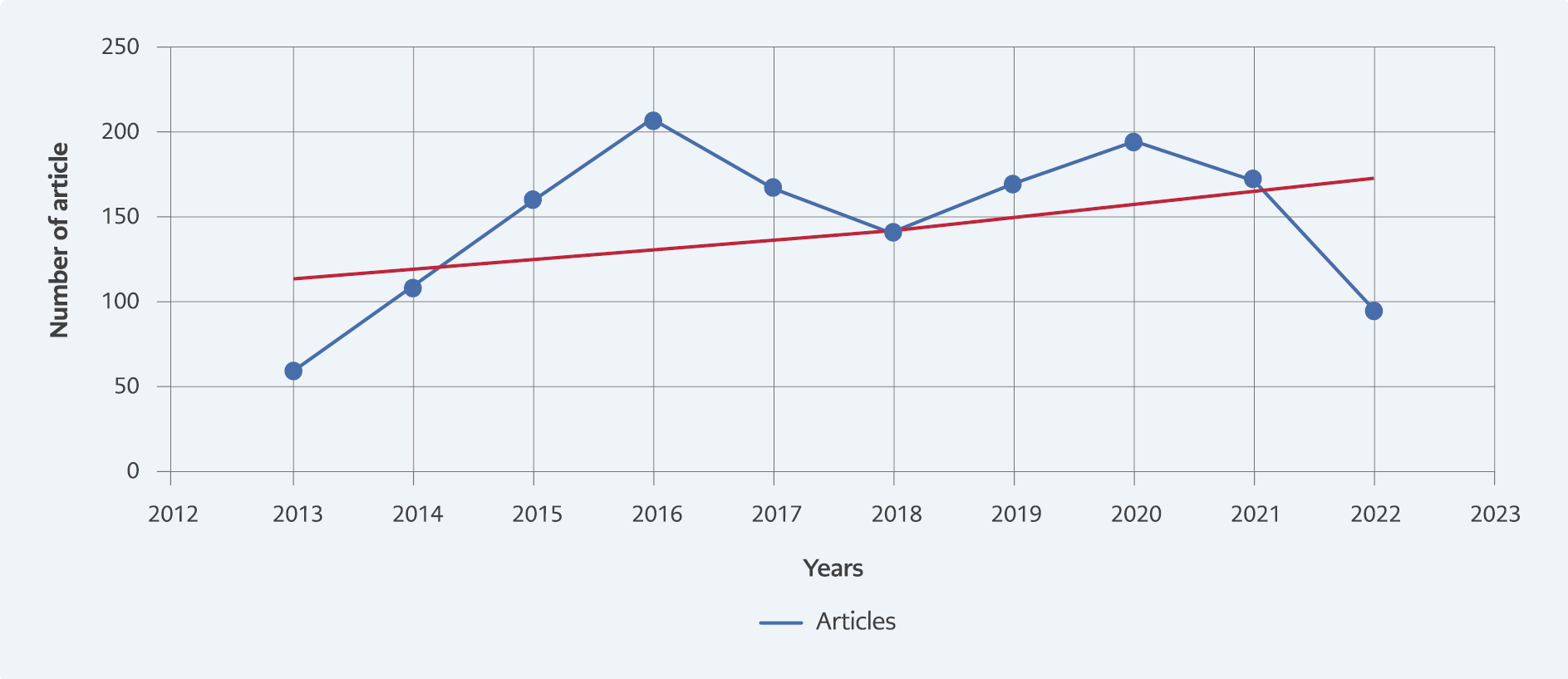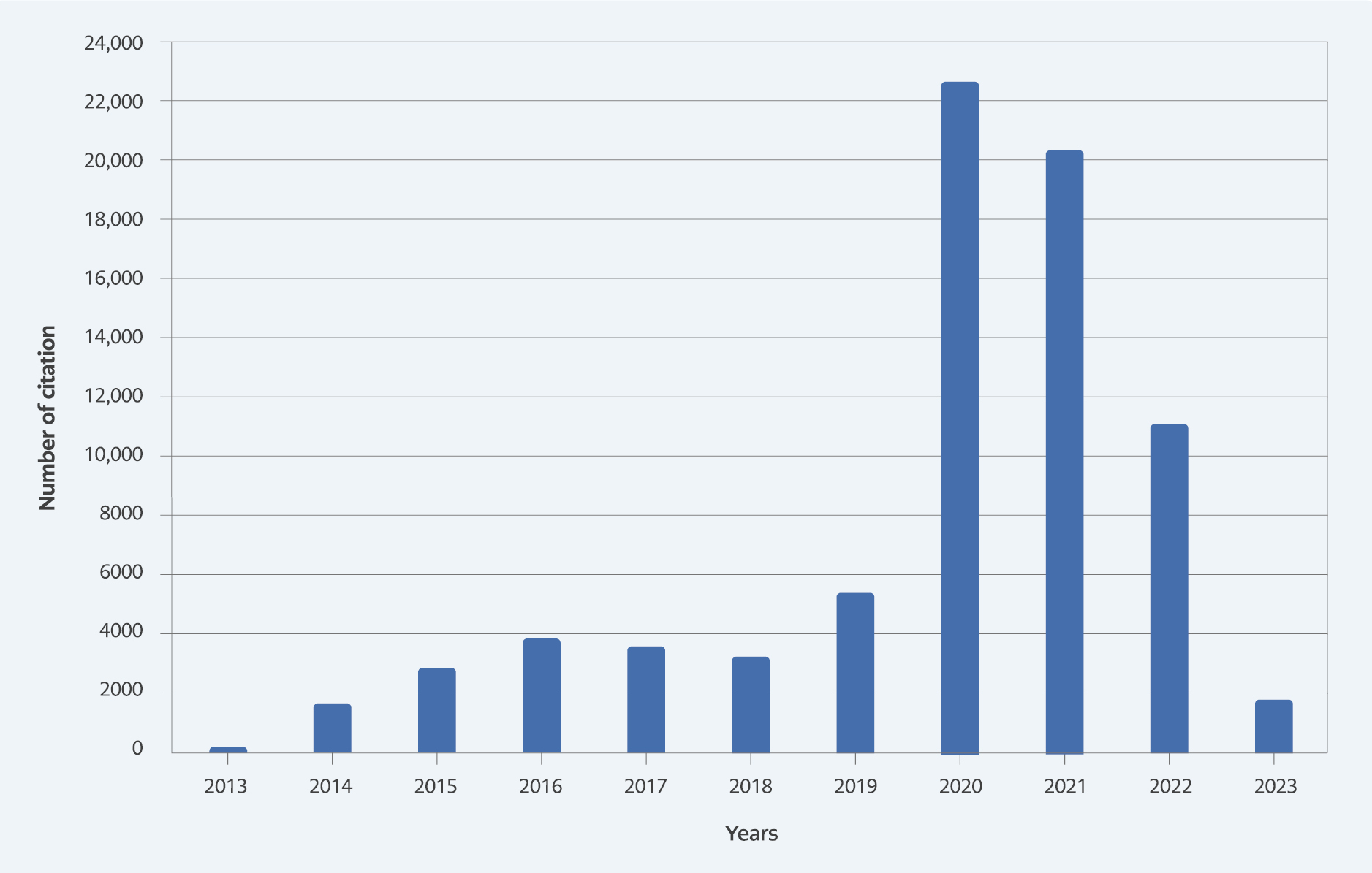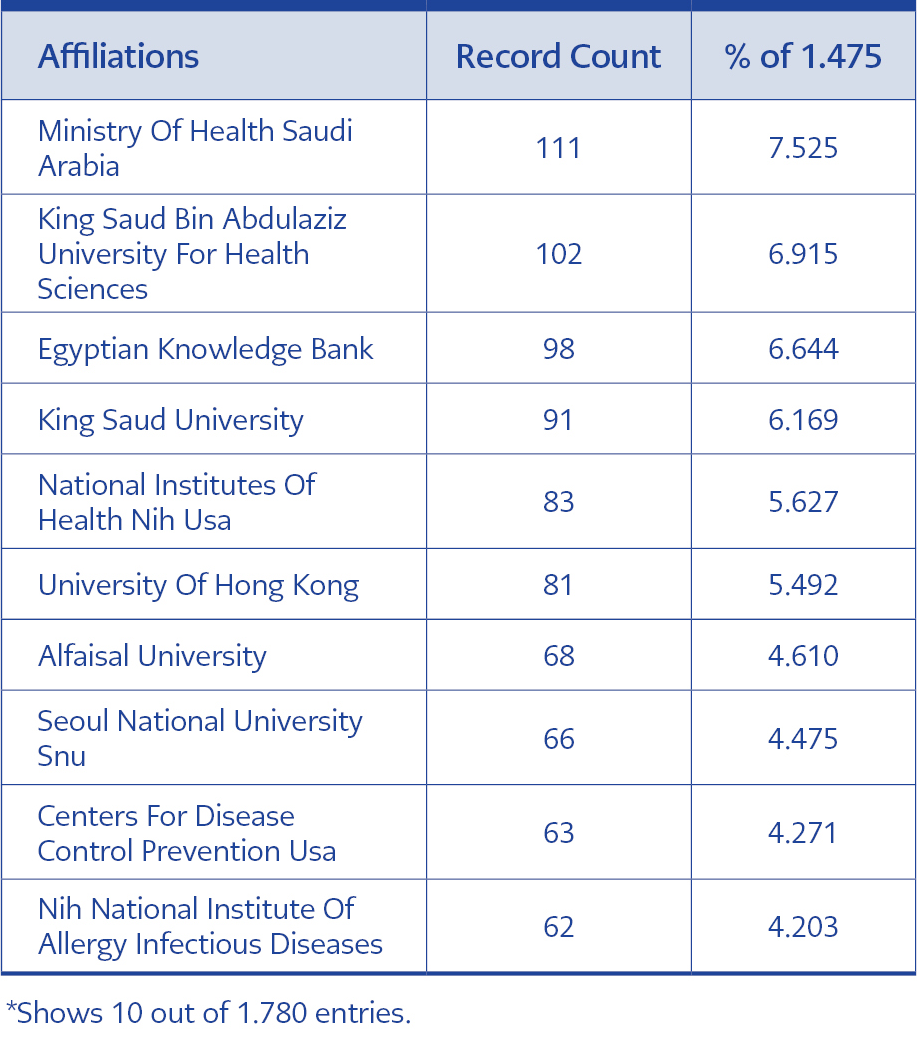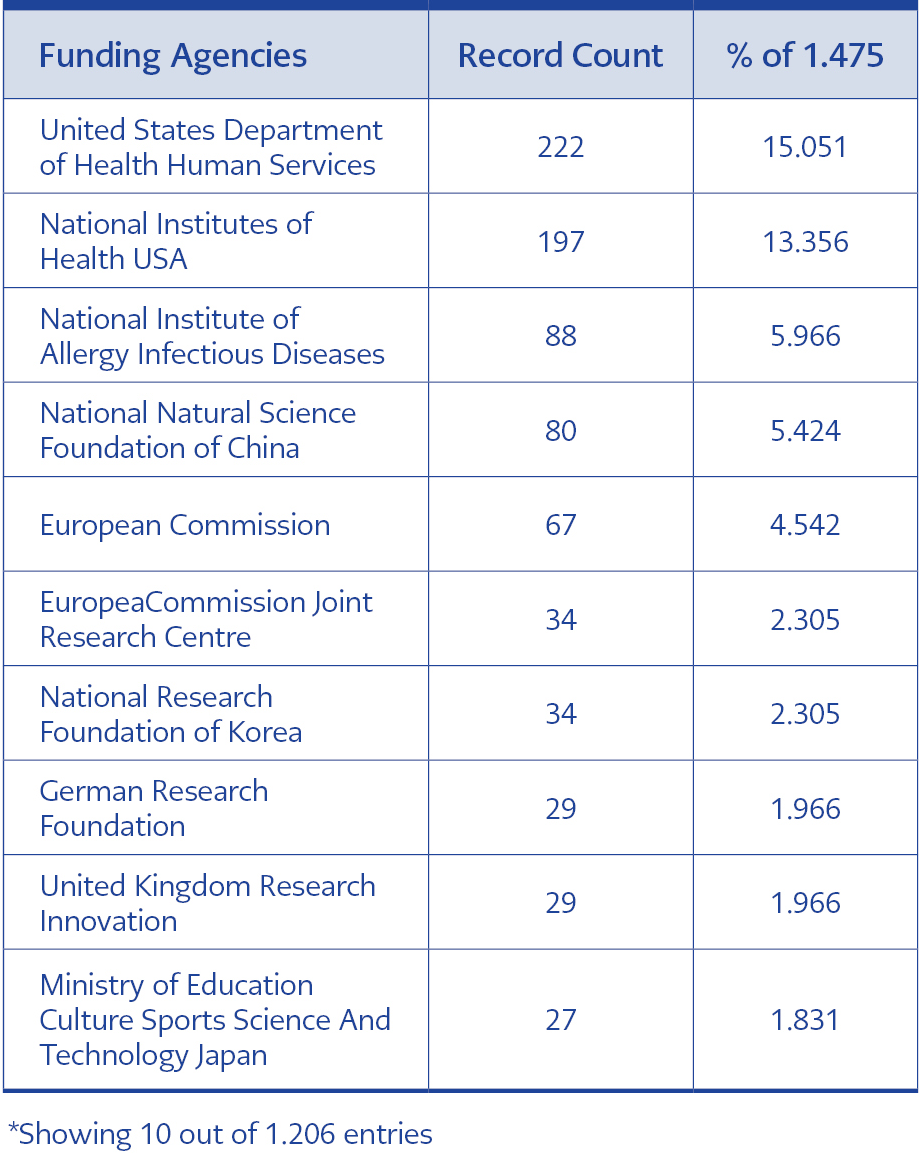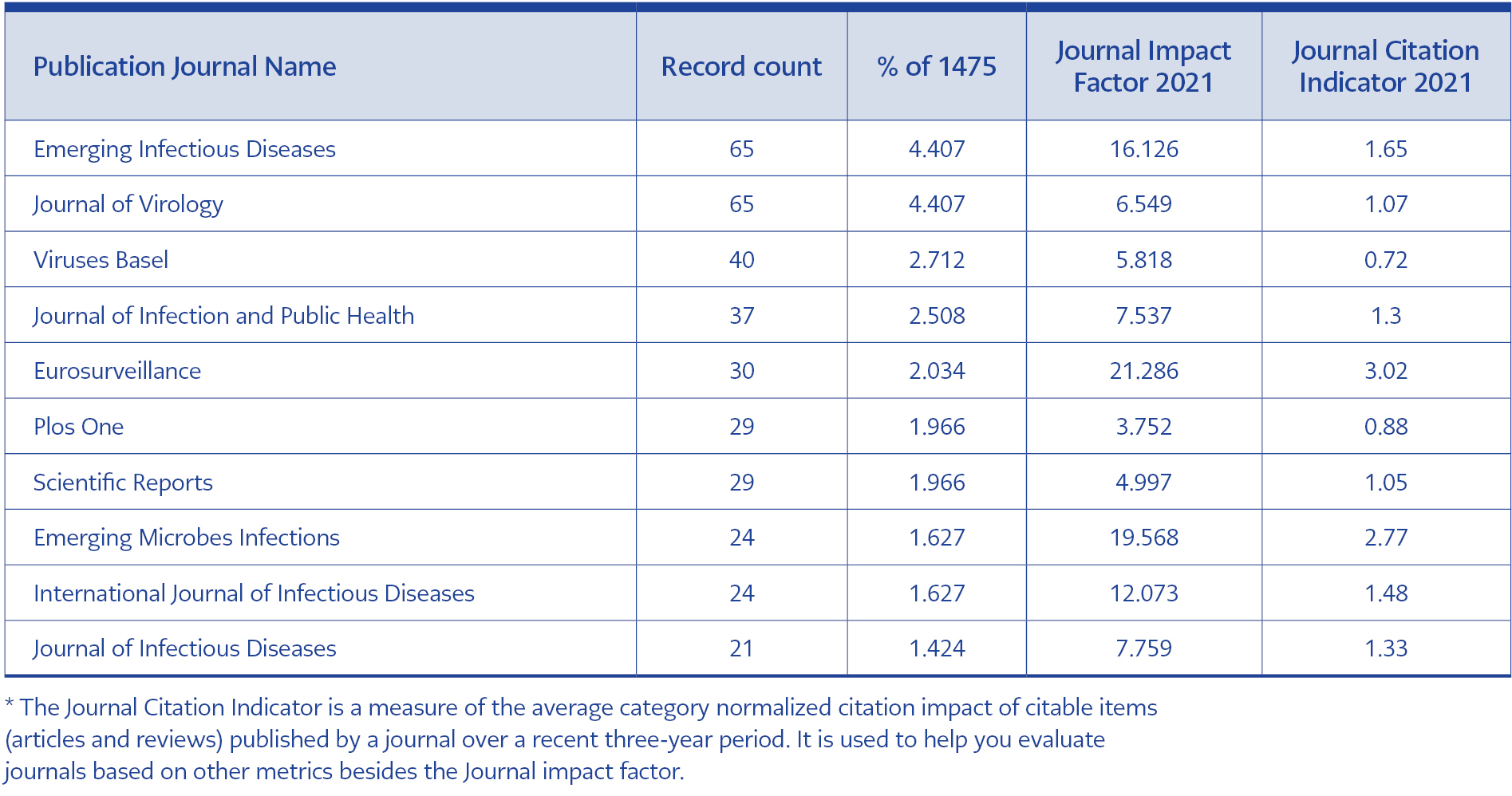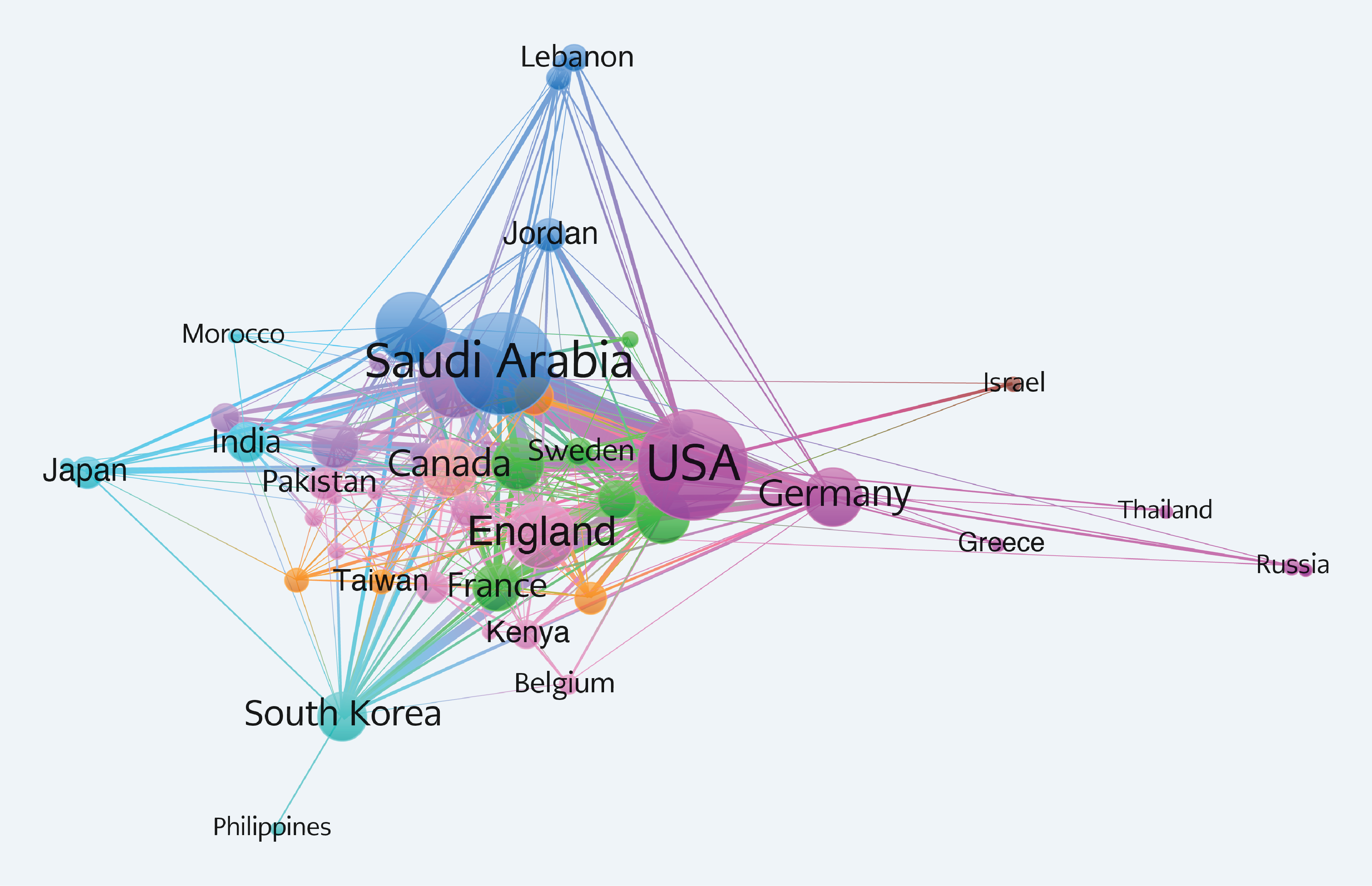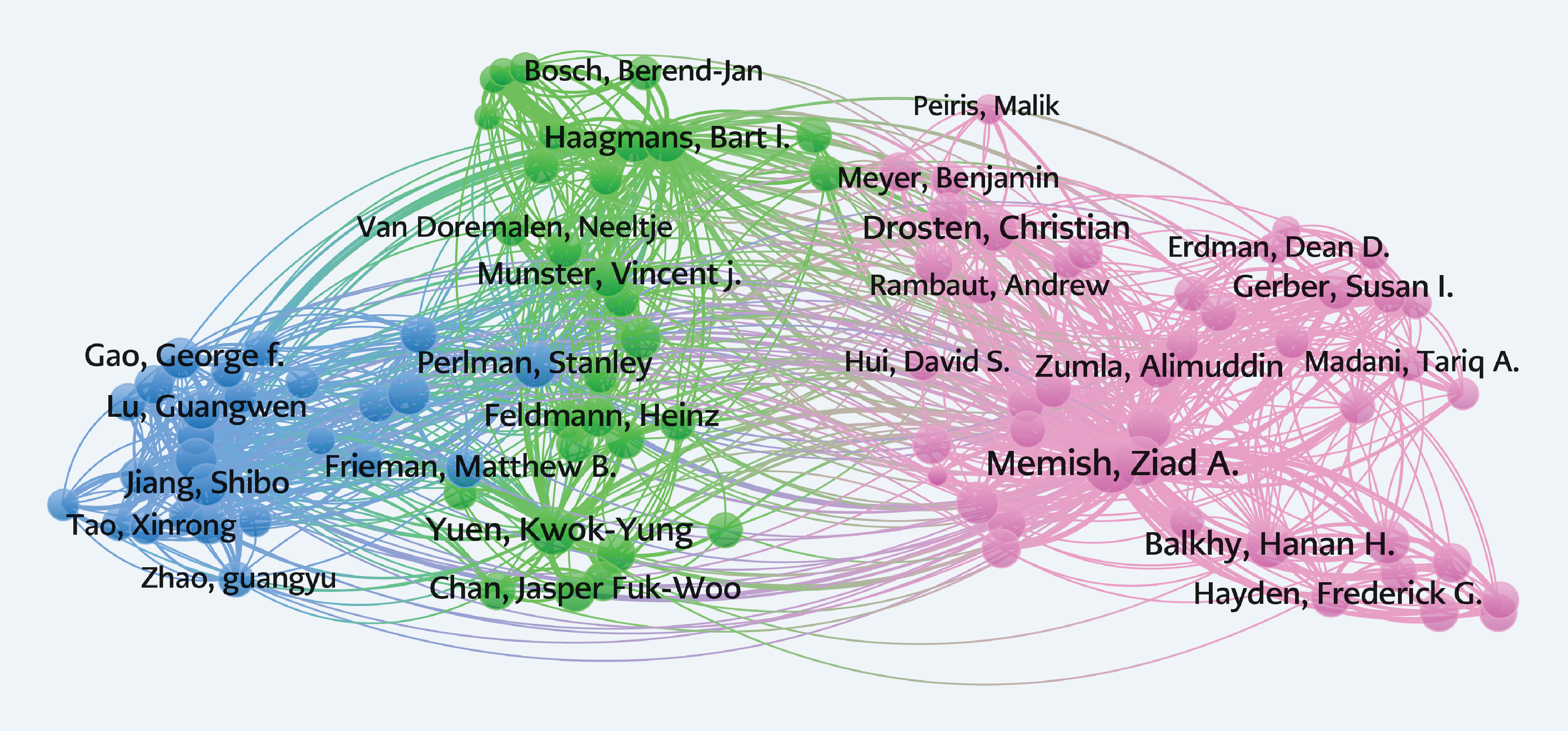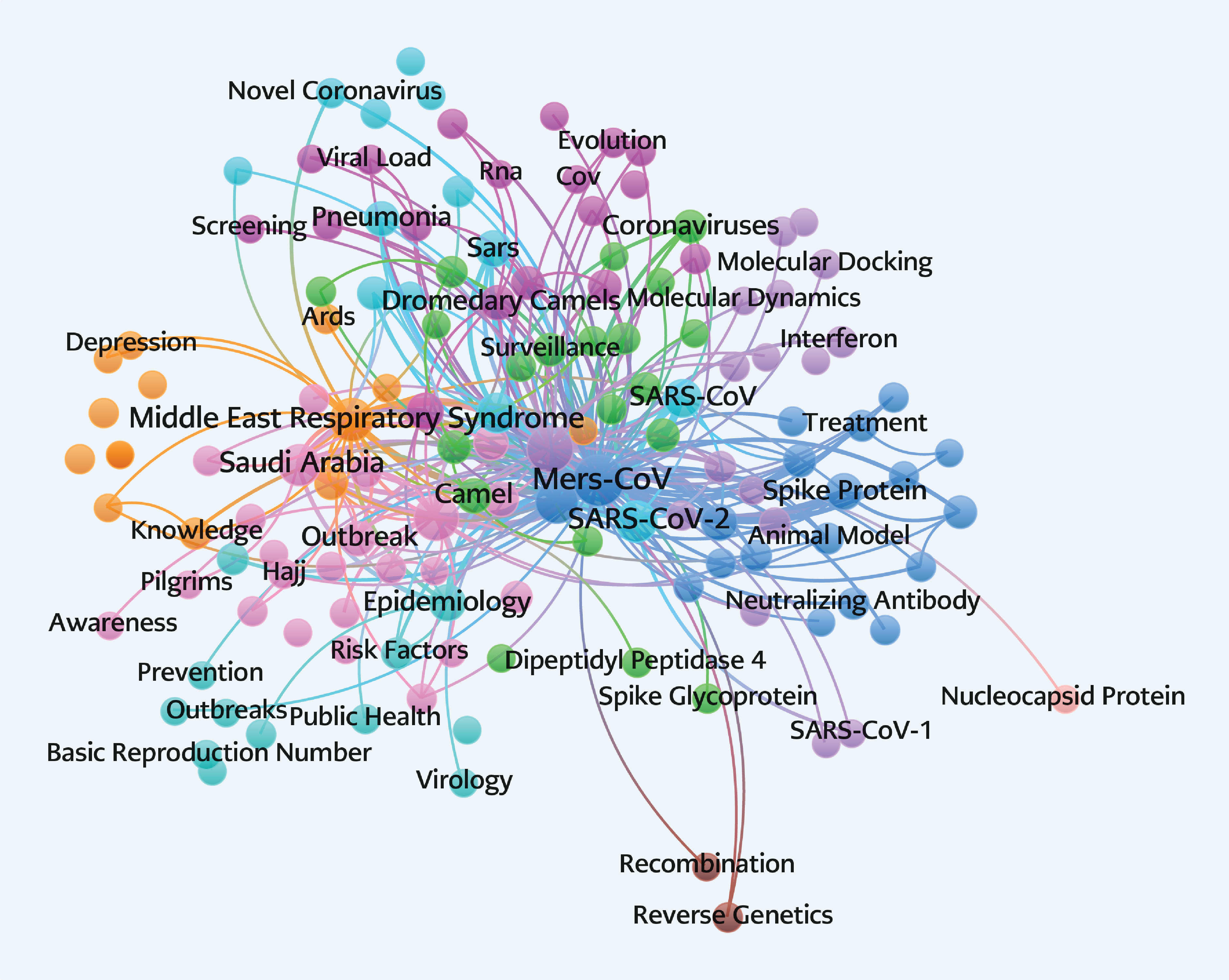Introduction
Middle East Respiratory Syndrome (MERS) is a viral respiratory infection caused by the MERS coronavirus (MERS-CoV) from the Coronaviridae family (1, 2). MERS coronavirus was first identified as the etiologic agent from a patient living in Saudi Arabia in 2012, and it is the sixth human coronavirus (1). After the first case, the infection was detected in Bahrain, Iran, Jordan, Kuwait, Lebanon, Oman, Qatar, Saudi Arabia, the United Arab Emirates, and Yemen (3). So far, all MERS-CoV cases worldwide have been associated with a travel history to the Arabian Peninsula and surrounding countries. In 2015 the Republic of Korea experienced the largest reported MERS epidemic outside the Arabian Peninsula; a traveler returning from the Arabian Peninsula was linked to the outbreak (4).
Therefore, MERS-CoV infection is regarded as a public health problem on a global scale. This zoonotic virus transferred to humans from infected dromedary camels and with close contact with infected people (5). According to the World Health Organization (WHO), there have been 2519 confirmed cases of MERS-CoV and 866 deaths from 27 countries since January 2020; the fatality rate is 34.3% (6).
Severe acute respiratory syndrome (SARS), MERS, and coronavirus disease 2019 (COVID-19) are zoonotic diseases that have affected the respiratory system and caused deaths in the last 20 years. Global public health research centers focus on this disease group because they have a high potential to cause epidemics. The lack of effective treatments and vaccines makes the situation more serious. Although SARS was controlled within a year, the danger of MERS becoming a pandemic continues (7). It is crucial to evaluate studies as a whole in diseases that cause pandemics (8). The Centers for Disease Control and Prevention (CDC) has released recommendations for health departments and hospital infection-control programs to evaluate probable MERS infections and prevent spreading. CDC continues to collaborate closely with public health teams around the world to assess risk and inform the public on preventive interventions (9).
Bibliometric studies can play a guiding role for researchers in determining the current status of a scientific subject and shaping future research (10, 11). MERS-CoV research is critical in terms of guiding the COVID-19 pandemic process. Considering the importance of the topic, we aimed to make a detailed bibliometric analysis of the articles on MERS-CoV.
Materials and Methods
The present study used a bibliometric design to analyze the development of MERS-CoV publications over the years. The Web of Science (WoS) bibliometric database was used for data retrieval. The parameters such as the publication year, publication type, funding agencies, research institutions, mostly published journals, the impact factor of journals, language, and citation numbers were analyzed.
The keywords of ‘Middle East Respiratory Syndrome or MERSCOV or MERS-CoV or Middle East Respiratory Syndrome Virus’ were used in the search. Document type was selected as ‘article.’ The time span was selected as 2012-2022 in the WoS Core Collection. The country rankings were calculated according to the first authors’ countries.
All electronic searches were completed on April 15, 2023. The year 2023 was excluded because complete data for that year was unavailable. Keyword maps of the leading countries, authors, and institutions, and tables were created using the Vosviewer version 1.6.16 software (Leiden University Center for Science and Technology Studies, Leiden, Netherlands).
Results
The findings revealed that between 2012 and 2022, 1891 entries in the field of MERS-CoV were indexed in the WoS database. The number of original articles was 1273 (67.32%), and review articles 202 (10.68%). Totally 1475 articles were included in the study and thoroughly examined.
It was determined that 91.19% of the articles were published as open access policy and 98.58% in English, and 88.81% were published in Science Citation Index-Expanded (SCI-E) journals. The first article was published as a case report in 2012 when the disease was first detected (2). Between 2014 and 2021, the number of published articles was 100 or more per year. The number of articles published in 2022 decreased to 95 (Figure 1). The articles were cited 74,468 times. Moreover, the average number of citations was 52.52 per article. The number of citations peaked in 2020 with 22,720 citations and decreased in 2021 (Figure 2). Most of the articles were from infectious diseases (29.09%), virology (16.68%), and immunology (14.31%) research areas.
In the list of countries publishing on MERS-CoV, the United States ranked first with 487 articles (33.02%). Saudi Arabia, China, South Korea, Egypt, Germany, Netherlands, Canada, Australia, and France were the other most productive countries. Table 1 shows articles on MERS-CoV published so far from 86 countries worldwide.
Most publications on MERS-CoV were published in the field of infectious diseases and virology, with 142 studies in 2020. Most of the articles were from the Saudi Ministry of Health (7.53%), King Saud bin Abdulaziz University for Health Sciences (6.92%), and The Egyptian Knowledge Bank (6.64%) (Table 2). Al-tawfiq JA from Saudi Arabia Indiana University School of Medicine (54 articles), Yaseen M Arabi from King Saud bin Abdulaziz University for Health Sciences (29 articles), Abdullah Assiri from Global Center for Mass Gatherings Medicine, Ministry of Health, Riyadh, Saudi Arabia (21 articles) were the top listed authors on the MERS-CoV publications.
There were 1206 funding agencies for MERS-CoV publications, and most of them were located in the United States. The United States Department of Health and Human Services (15.05%) funded most of the research on MERS-CoV (Table 3).
The articles were published in 511 different journals. The top 10 journals that published the most articles on MERS-CoV and the number of publications is given in Table 4. The largest number of the articles (5.8%) on MERS-CoV were published in The Journal of Virology and Emerging Infectious Diseases.
Discussion
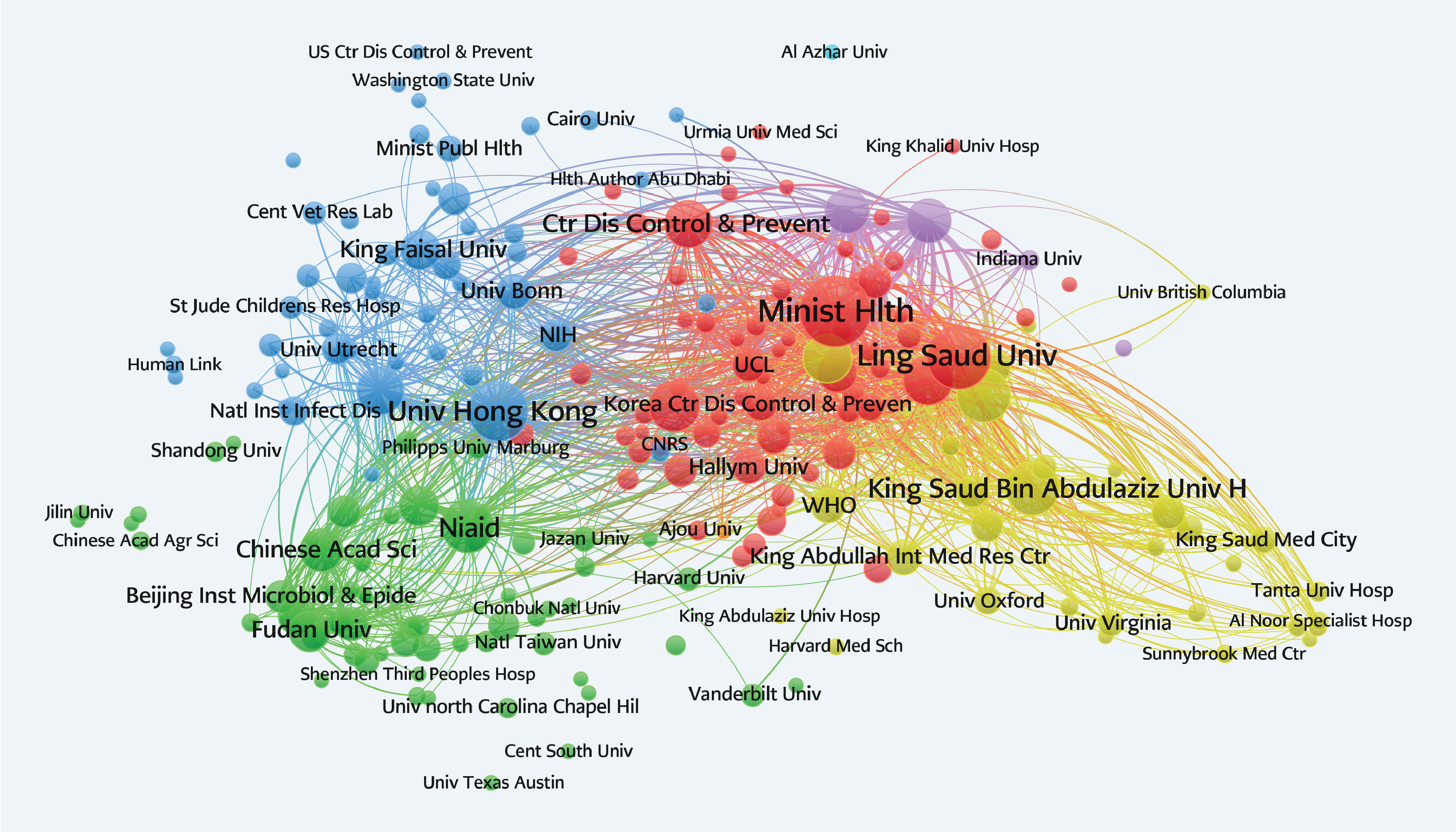
Figure 4. Citation network visualization map among affiliations with at least five publications on Middle East Respiratory Syndrome Coronavirus.
We included 1475 articles related to MERS-CoV between 2012-2022 from the WoS database. When we examined the citations of articles, we found that they were cited mostly in 2020 and 2021 during the COVID-19 pandemic. This is because, during the COVID-19 pandemic caused by SARS coronavirus 2 (SARS-CoV-2), which has a similar structure to MERS-CoV, research on MERS-CoV guided most research around the world. SARS-CoV and MERS-CoV, the other members of the coronavirus family like SARS-CoV-2, have emerged sporadically in the last 20 years and have caused fatal cases of pneumonia. The COVID-19 outbreak was defined faster in light of the data obtained from MERS-CoV. COVID-19 vaccines were developed in a short time, and thus the pandemic was taken under control (12-14).
Coronaviruses occupy a prominent position in virology. This family of viruses poses a significant threat to human health as it can easily change its structure and spread rapidly. As coronaviruses can cause ongoing epidemics, they will remain on the agenda due to the potential for these epidemics to occur in the future. This study also showed that the interest in the coronavirus family would continue to increase with new epidemics and that coronavirus studies have a distinguished place in the research field (15-17).
Our findings showed that the United States, Saudi Arabia, and China were the countries that mainly contributed to the research on MERS-CoV. There was international cooperation to control the disease, especially during the COVID-19 pandemic. In this context, the USA financed the majority of the articles. The United States and Saudi Arabia, which are economically strong countries, came to the forefront in financial support of research to prevent, control, diagnose, and treat coronaviruses that pose a global threat (18-22). Similarly, a bibliometric analysis by Tauseef Ahmad showed that the United States and Saudi Arabia were the most active and funding countries. Their study also revealed that the Ministry of Health of Saudi Arabia was the most active institution, and Saudi Arabia was the country with the strongest cooperation (18). According to data from the Scopus database, another bibliometric analysis by Sa’ed H. Zyoud revealed a global increase in research on MERS-CoV from 2012 to 2015. In that study, it was determined that the publications in the field of MERS-CoV were published by high-income countries such as the USA, and the h-index value of the USA, the United Kingdom and the Kingdom of Saudi Arabia was higher (19).
Our study revealed that research collaboration between countries and continents was carried out comprehensively. Although the top three rankings of the countries included in the MERS-CoV research were the same as in previous studies, our study showed that South Korea, Egypt, and England, where new outbreaks occurred, were among the top ten countries after 2016 with a significant increase (12, 19, 21).
English, which is used as one of the most common languages in the world, was also the most used language in the MERS-CoV research. The reason for this may be that the majority of the journals indexed in the WoS Core Collection, which were viewed, were published in English (19).
The Journal of Virology and Emerging Infectious Diseases were among the leading journals with many publications on MERS-CoV. The impact factors of the journals that contributed the most to this process were quite high. In addition, following the emergence of Coronaviruses, most of the articles were published in the most respected journals worldwide (19, 22, 23).
This study has some limitations. First, the keywords were only in English, so it is possible that articles written in other languages were left out. Second, the publications from other databases (such as Scopus and PubMed) were not included. Third, the analyses were done only using the Vosviewer application. Lastly, there was no content analysis carried out.
In conclusion, MERS-CoV remains important because it has no treatment or vaccine so far; hence, it continues to affect the world with new epidemics and its mortality is high. In addition, experiences with MERS-CoV during the coronavirus disease 2019 (COVID-19) pandemic have guided new research on COVID-19, so scientific interest in MERS-CoV is still ongoing. We believe this bibliometric analysis will contribute to active data sharing and the fight against future epidemic and pandemic crises.
